The Beauty of Flaws: Visual Imperfections in Common Crystals

Crystals are nature’s artwork, each with its own unique pattern, color, and form. While many collectors seek out the most pristine specimens, there’s a certain charm to the imperfections that can be found in common crystals. These flaws, from vugs to druzys, chips to scratches, tell a story of the crystal’s journey from deep within the earth to the palm of our hands. Let’s delve into the world of these visual imperfections and discover their impact on the allure of crystals.
Vugs: A vug is a small to medium-sized cavity inside a rock that is usually lined with minerals different from the host rock. These cavities are often the result of gas bubbles in magmatic rocks or the dissolution of minerals in sedimentary rocks. Vugs can be completely empty or filled with well-formed crystal points, adding a hidden layer of complexity and beauty to the specimen.
Druzys: Druzy, also known as druse or drusy, refers to a coating of fine crystals on a rock fracture surface, vein, or within a vug. They are tiny, sparkling crystals that have a sugar-like appearance and are often found lining the interior of a geode. Druzys add a glittering effect to the surface of the crystal, catching the light and the eye of collectors.
Chips: Chips in crystals are small pieces that have been broken off, usually due to mishandling or natural events. While they can affect the overall symmetry and shape of the crystal, chips also serve as a reminder of the crystal’s fragility and the care that must be taken to preserve its natural beauty.
Scratches: Scratches on a crystal’s surface can occur naturally or through contact with other materials. These marks can detract from the crystal’s luster and smoothness but also give each piece a unique fingerprint, a record of its interactions with the world.
On smaller pieces that are polished and milled like Spheres, Towers, and Pyramids the polishing process is less smooth than on bigger pieces as they are easier to manage. A six inch sphere is easier to grind and polished than a 1 inch piece and can be considerably smoother. Materials that are harder on the Mohs scale also polish smoother as well.
Wabi-Sabi the Japanese word for something that is imperfectly perfect.
In the end, these imperfections do not necessarily diminish the value of a crystal. Instead, they can enhance its character, making each piece a one-of-a-kind treasure. Whether it’s the hidden depths of a vug, the shimmering surface of a druzy, the jagged edge of a chip, or the etched lines of a scratch, each imperfection tells a story of geological processes, time, and transformation.
Collectors and enthusiasts alike can appreciate the beauty in these imperfections, recognizing that they represent the crystal’s natural history and its journey from formation to discovery. So next time you come across a crystal with a flaw, take a moment to appreciate its unique beauty and the natural and manufacturing processes that created it.
While there are no perfect crystals, there are perfect crystals for you.





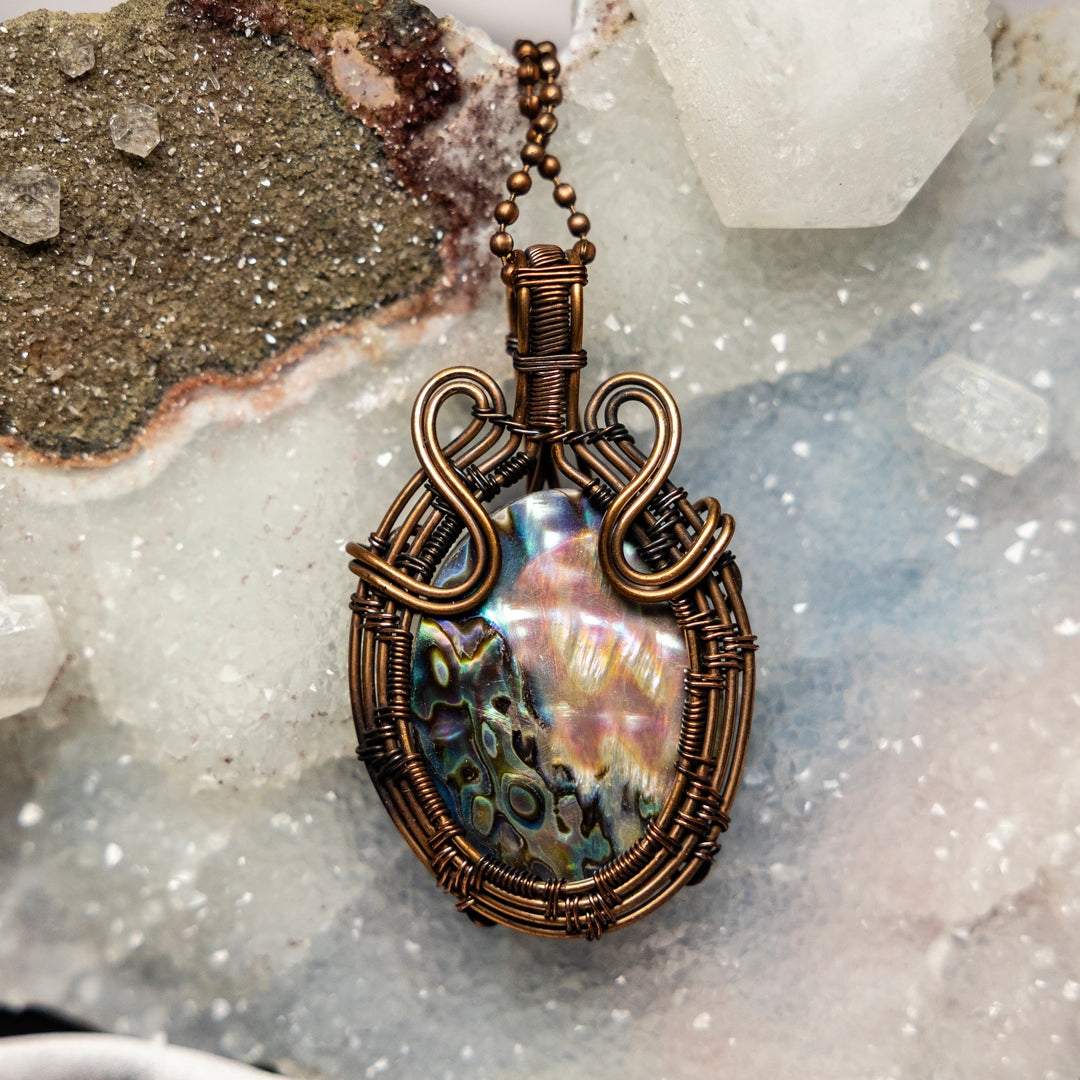
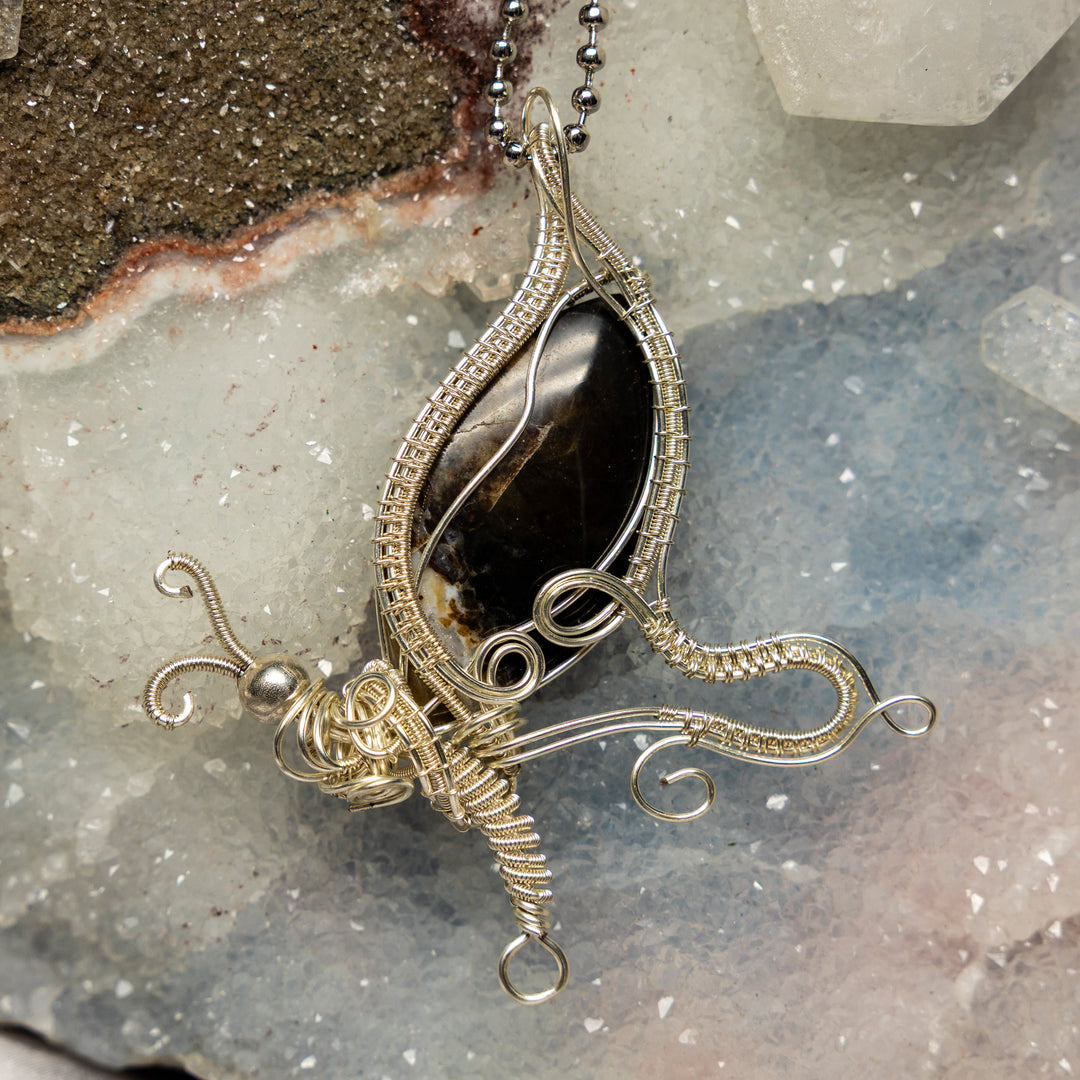
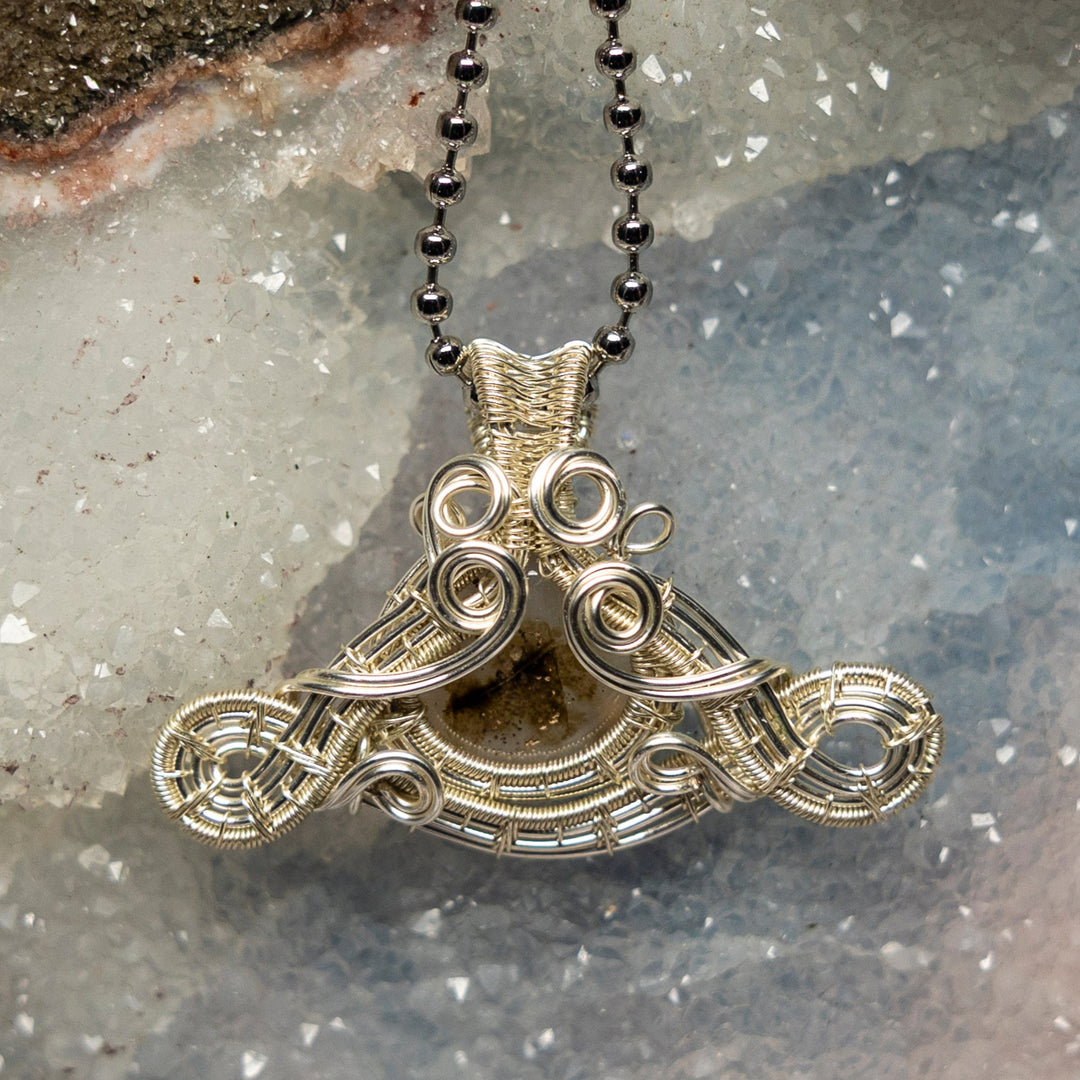
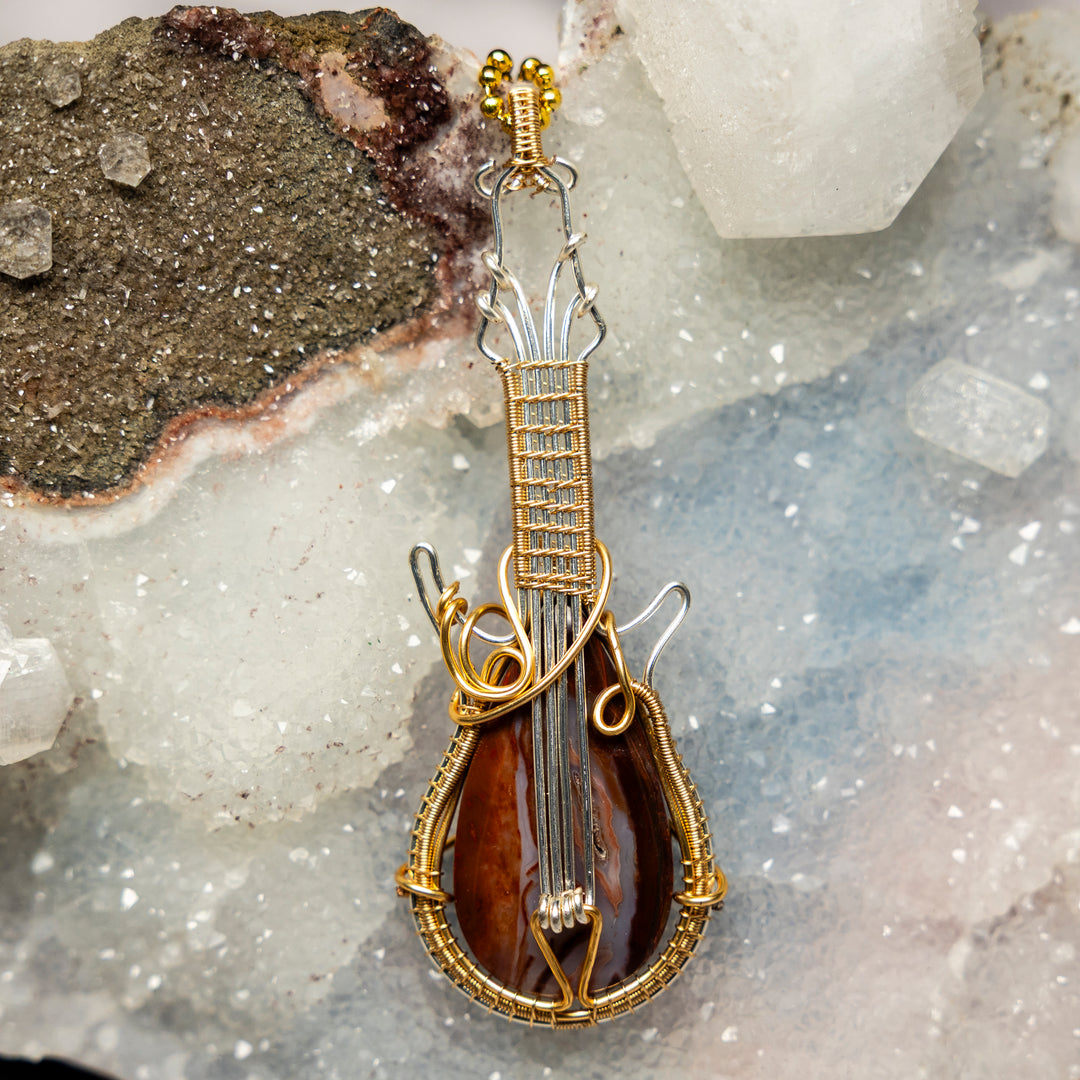
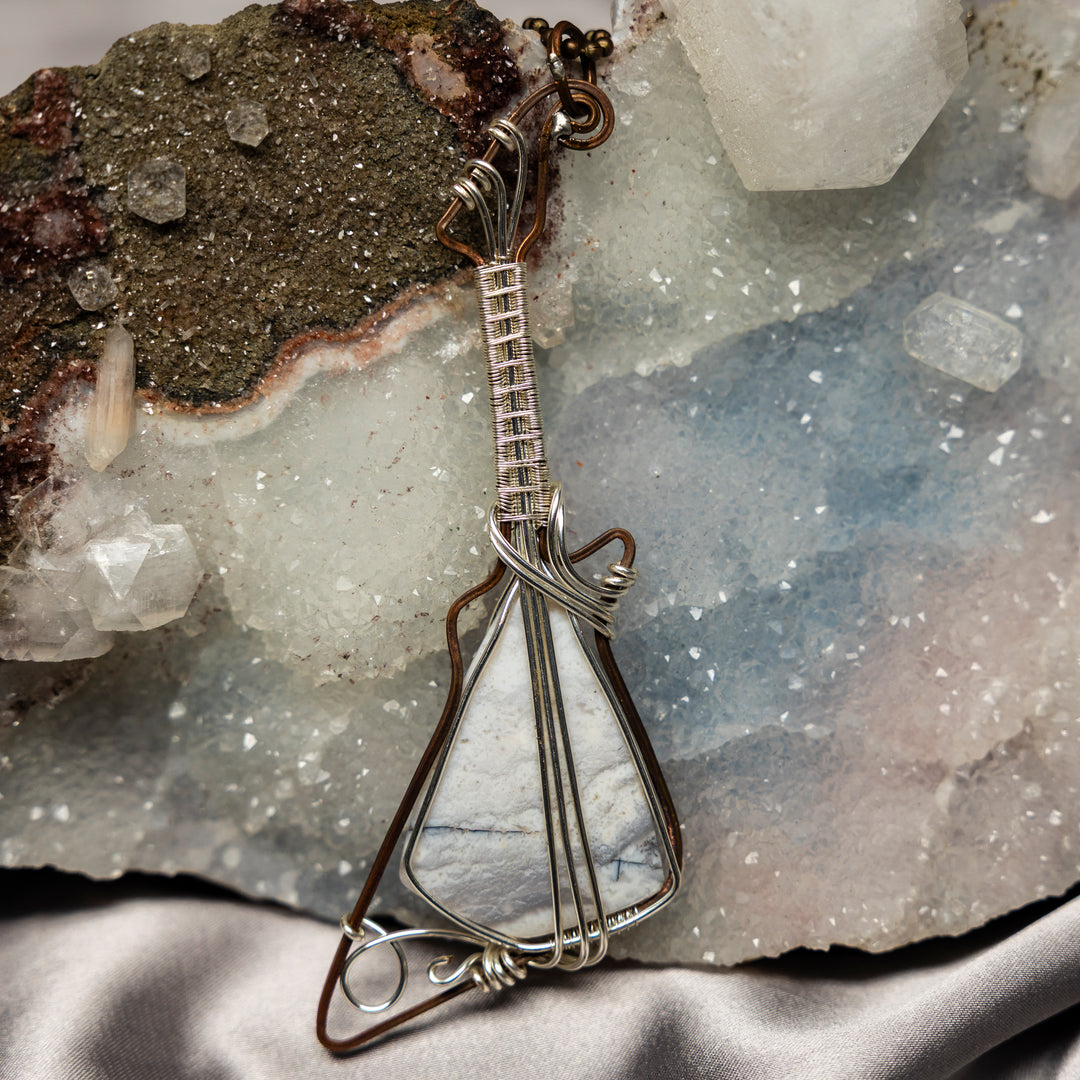
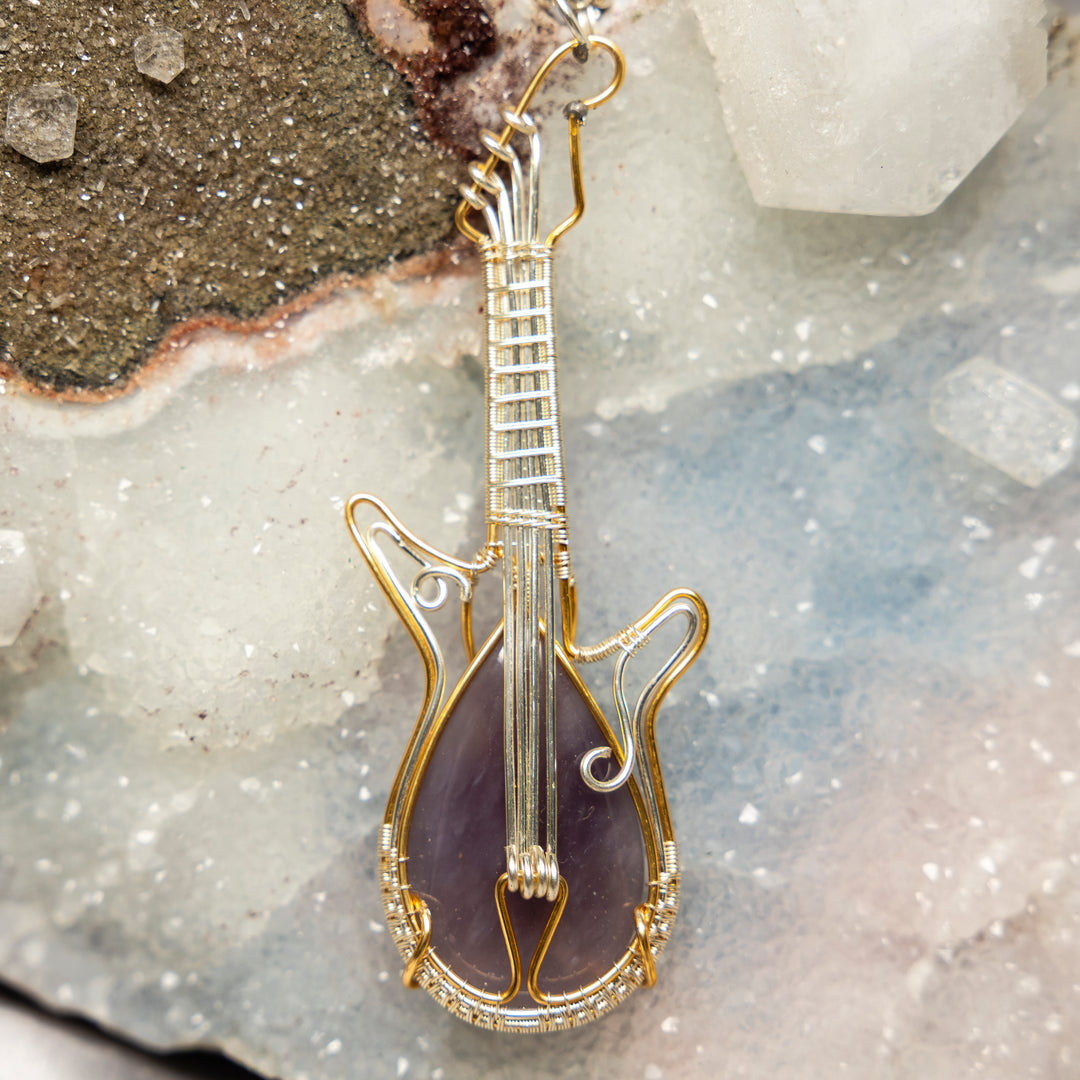







Leave a comment